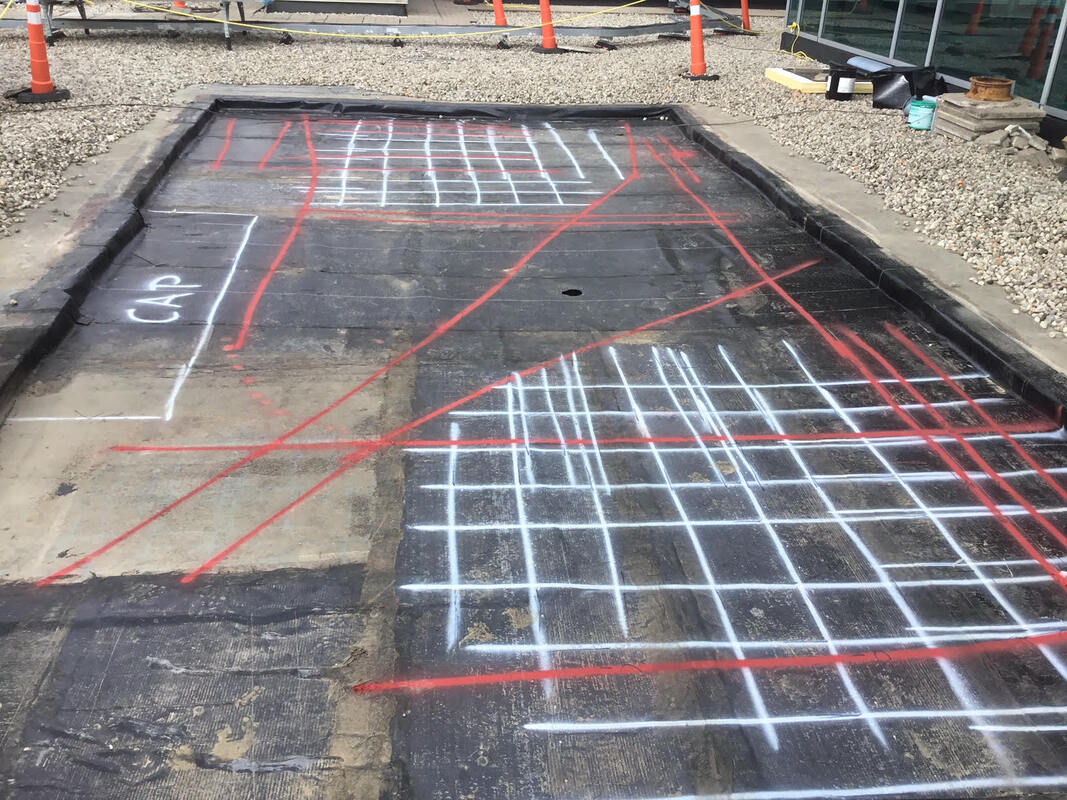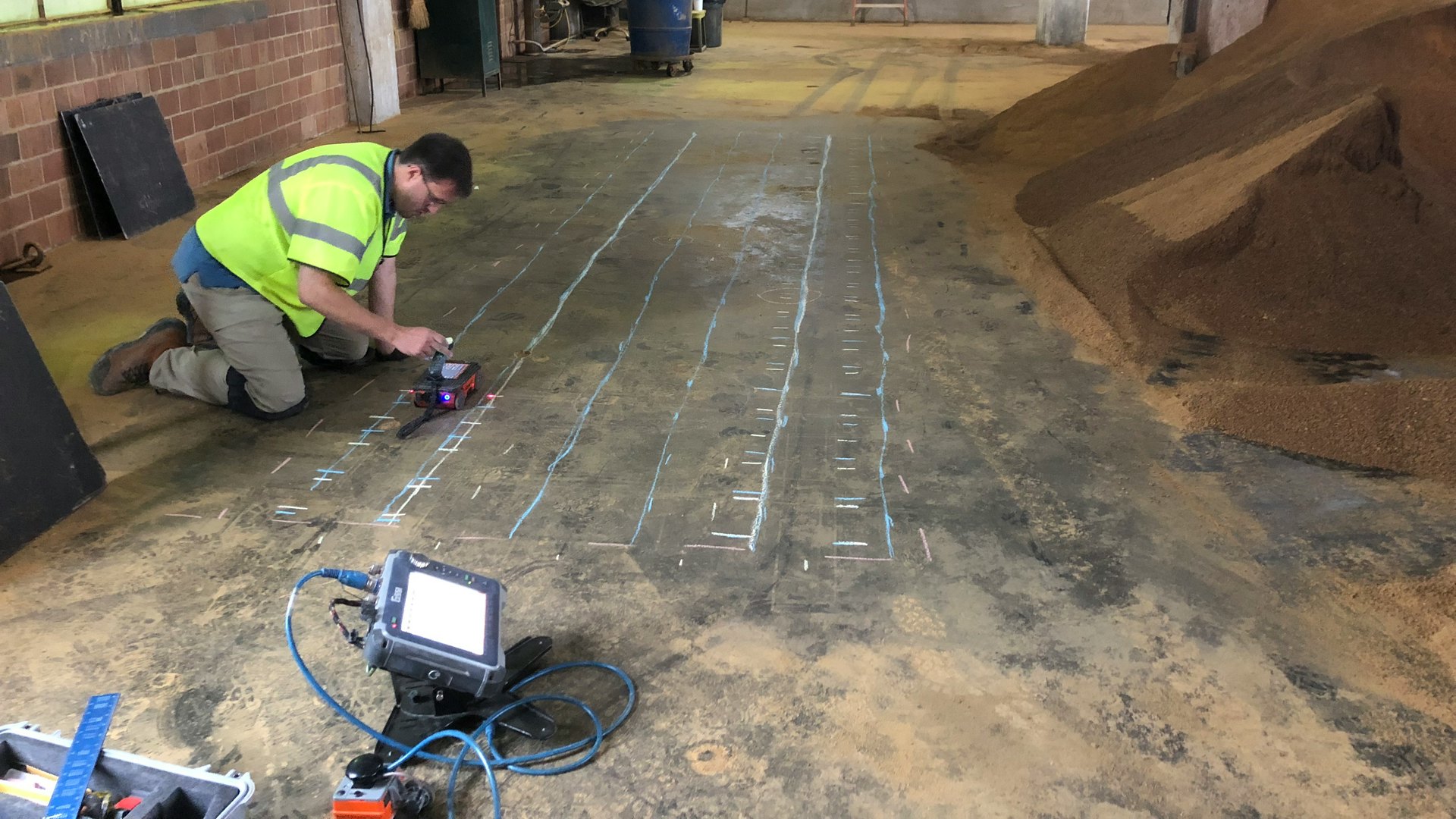RainierGPR Concrete Scanning: The Very Best Choice for Building And Construction Experts
RainierGPR Concrete Scanning: The Very Best Choice for Building And Construction Experts
Blog Article
The Relevance of Specific Concrete Scanning in Detecting Underground Hazards
The ability to properly detect and map these below ground dangers is not merely an issue of benefit yet a critical element of ensuring the safety and security of both construction employees and the stability of the job itself. By deploying innovative scanning technologies and techniques, professionals can reveal covert dangers, prevent expensive problems, and eventually lead the way for smoother and much safer construction ventures.
Advanced Scanning Technologies for Discovery
Advanced radar systems are transforming the area of underground detection by giving unmatched precision and effectiveness. These innovative scanning technologies use ground-penetrating radar (GPR) to develop comprehensive photos of subsurface frameworks, offering insights into what exists under the surface with remarkable clearness. By giving off high-frequency pulses right into the ground and gauging the representations, radar systems can identify variations in material structure and find below ground hazards such as pipelines, gaps, and cables.
Among the vital advantages of these sophisticated radar systems is their non-invasive nature, permitting comprehensive evaluations without triggering damage to the existing structures. This not only makes sure the security of the surrounding atmosphere however also lessens the demand for pricey repairs or disruptions to recurring building and construction tasks. In addition, the real-time information supplied by these scanning innovations allows quick decision-making and enhances total task effectiveness.
Value of Subsurface Mapping

Exact subsurface mapping aids in preventing costly damages to existing underground framework, reducing the risk of accidents, and maintaining job timelines. It allows job supervisors to make enlightened choices pertaining to website preparation, tools release, and source appropriation. In addition, subsurface mapping enables far better control amongst various groups dealing with a job and assists in following regulative demands connected to underground energy detection.
Mitigating Risks in Building Projects
Effective threat mitigation approaches are necessary for ensuring the success and safety and security of construction jobs. One vital aspect of mitigating threats in construction jobs is comprehensive preparation and evaluation at the first stages.
Furthermore, establishing clear interaction channels among all job stakeholders and making certain strict adherence to safety methods are important elements of threat mitigation. Regular assessments, top quality control measures, and tracking of job progression can help in determining and resolving any kind of emerging risks quickly. Moreover, having backup strategies in area for unexpected challenges can substantially lower the impact of disruptions on the project. By proactively executing durable threat reduction strategies, construction projects can reduce hold-ups, expense overruns, and security incidents, eventually leading to successful task outcomes.

Protecting Against Expensive Damages and Delays
To minimize economic losses and task troubles, reliable approaches have to be applied to protect against pricey problems and hold-ups in building tasks. Recognizing these blockages early on aids in preparing the job design much more effectively and avoiding potential problems throughout excavation.
In addition, purchasing training programs for building employees on the value of concrete scanning and secure excavation techniques can significantly lower the danger of delays and accidents. Clear interaction channels in between job supervisors, engineers, and on-site workers are additionally vital to guarantee that everyone understands the potential threats and complies with the necessary methods to stop costly damages. By prioritizing proactive procedures like click to read concrete scanning and promoting a culture of security and awareness, building and construction jobs can decrease the financial influence of unexpected below ground blockages and avoid pricey delays.
Ensuring Security of On-Site Employee
By prioritizing positive measures such as detailed training programs and clear interaction channels, building tasks can guarantee the safety and security of on-site employees amid the prospective threats found through concrete scanning. Proper training furnishes employees with the knowledge and abilities required to navigate construction websites securely, especially when hazards are identified via scanning procedures. Training ought to cover hazard acknowledgment, emergency situation procedures, and the correct use of personal safety tools to minimize risks successfully.
In addition, establishing clear interaction channels is critical for sharing info about identified dangers immediately. This makes certain that all on-site employees are mindful of potential dangers and can take necessary safety measures to prevent mishaps. Routine safety rundowns, toolbox talks, and constant updates relating to scanning results assistance keep everybody informed and proactive in maintaining a safe workplace.
Furthermore, implementing rigorous adherence to safety and security protocols and laws, conducting normal security audits, and promoting a culture of safety and security awareness amongst workers are crucial components in ensuring the health of on-site workers during construction tasks - RainierGPR Concrete Scanning. Aggressive safety actions not just shield employees from damage however also add to the total success and efficiency of the task
Conclusion
Using innovative scanning technologies and subsurface mapping assists mitigate risks in building tasks, avoiding pricey damages and hold-ups. It is critical for building and construction business to prioritize the usage of precise scanning approaches to reduce possible hazards and make certain a smooth building and construction procedure.

By proactively executing durable risk reduction methods, building and construction tasks can decrease hold-ups, price overruns, and safety cases, eventually leading to effective job results. - RainierGPR Concrete Scanning
To minimize monetary losses and task setbacks, effective methods should be implemented to avoid costly problems and delays in building and construction projects. By focusing on positive procedures like concrete scanning and advertising a society of safety and understanding, building and construction tasks can lessen the financial influence of unforeseen below ground read the article obstructions and stay clear of pricey delays.
By focusing on positive steps such as extensive training programs and clear interaction networks, building tasks can make certain the safety and security of on-site workers amid the potential threats identified through concrete scanning. Using advanced scanning modern technologies and subsurface mapping aids alleviate straight from the source threats in construction tasks, preventing pricey problems and delays.
Report this page